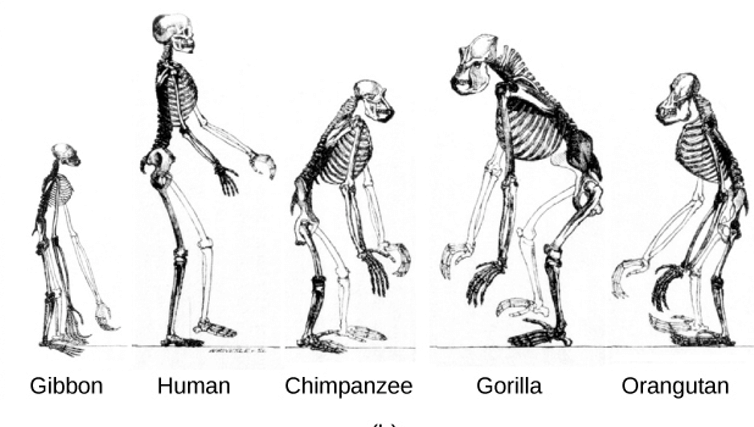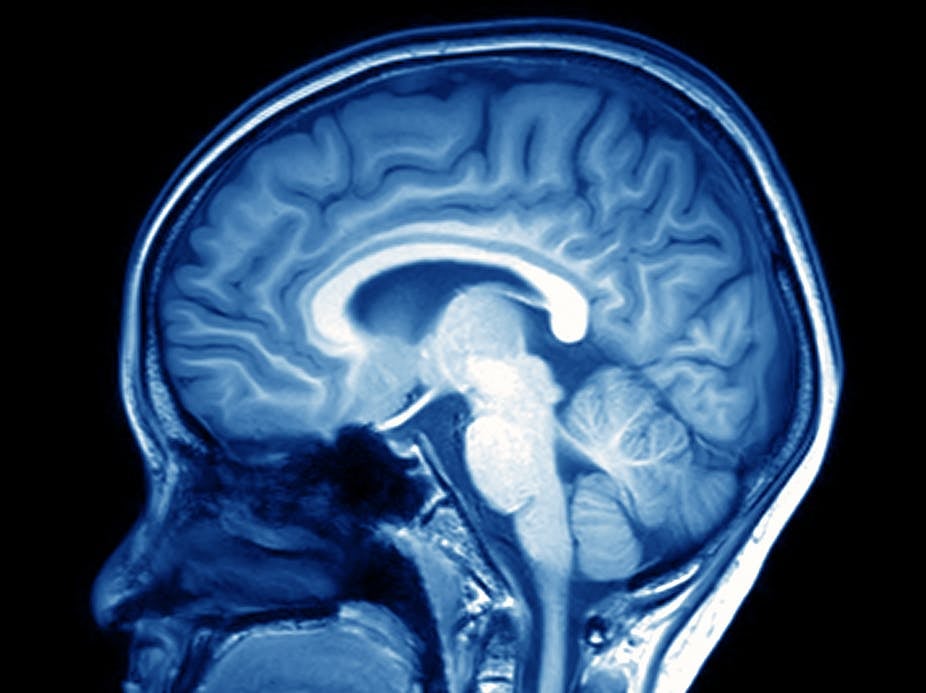
In most animals the size of the brain proportional to the body size — species with larger bodies have larger brains. But the human brain is six times more than it should be, based on the size of our bodies. It’s weird, because the brain costs us dearly — it burns 20% of the body’s energy while constituting only 4% of its mass. Because evolution tends to remove the excess, why would she leave such a large, voracious brains? There are many different assumptions, among which the main causes stimulating social interaction as the main driving force. But a new study published in the journal Nature, argues against this idea and shows that the expansion of the human brain was probably caused by the environment.
All the hypotheses of the evolution of the human brain agree that the expansion of the brain has pushed our ability to solve problems. However, they take different approaches to these problems.
The reason why social problems have long been a favorite explanation is that they are particularly difficult to resolve — here and chat with friends, and cooperation in hunting animals, and the deception of the opponents, and the detection of deception. The solution of social problems requires understanding and predicting how friends and enemies react to your every move. In fact, these problems define a moving target, provoking an arms race in the size of the brain, which, in turn, leads to an increase in the size of the human brain. “Pumps” the brain.
Conversely, another hypothesis centres on environmental problems. Among them the need to search for food in a changing seasonal savannas, the need to save food to eat later in the day, and the need to cook food so it was easier to eat. Such problems can compel people to learn to track prey, to create tools and to strike fire from stone and dry wood.
Cause and effect

Scientists decided to test the ecological and social hypotheses. This has already been done before, but in this case slightly changed the approach. Typically, scientists consider many species and trying to determine whether large brains with specific problems. For example, do primates and other animals with big brains behind the diet, which is difficult to observe, but which is useful in the nutritional plan? This would point in the direction of ecological hypotheses. Or whether they live in large groups with lots of social problems?
Although many studies have found such associations, this approach has the problem. It cannot determine if larger brains to solve complex problems, or came for other reasons, thereby allowing their bearers to solve complex problems. We don’t know what the cause and effect.
Scientists decided to find out the environmental or social problems have led to increased human brain. To do this, they recreated the scenario of the two hypotheses using a mathematical model. This allowed them to calculate how large can be the brain when individuals are faced with certain environmental or social difficulties. The model is based on the calculation of energy consumption. Energy, which robs body the brain is trying to solve the problem.
Then it was estimated how much energy should people invest in building its brain, assuming that this energy will be used to support problem-solving skills. Changing the amount of environmental or social constraints that people face, the scientists were able to figure out how big may be the brain developing in such conditions.
It turned out that the combination of environmental and social challenges actually lead to the development of the brain of human size. But what surprised scientists is the fact that the main reason for the extension was environmental difficulties. Contrary to popular belief and expectations of scientists, social problems have contributed to a reduction in brain size, not increase. But that brain was the size as it is now, a combination of the two factors. If social problems were not, the brain would be larger, but ill-suited for public life. More isn’t better.

There are many reasons why social difficulties reduce the size of the brain. For example, through collaboration individuals can rely on the brains of other animals, thus saving their own energy.
But with the environmental problems faced by many animals. Why not all of them have large brains? It became clear that environmental problems lead to the development of the brain of a human, only when people continue to explore complex skills in the growth process. This occurs, for example, when some people learn from other cultural knowledge, such as the production of fire. Thus, the results of scientists show that the difficult environmental situation and the accumulation of cultural knowledge can work together, with a brain the size of a human.
Will it grow further? The complexity of the system does not allow a clear conclusion. For example, cooperation could lead to a reduction of brain size, but this does not mean that the reduction in cooperation in modern societies will necessarily lead to its increase.
“Grandma, why do you need such a big brain?” Really, why?
Ilya Hel